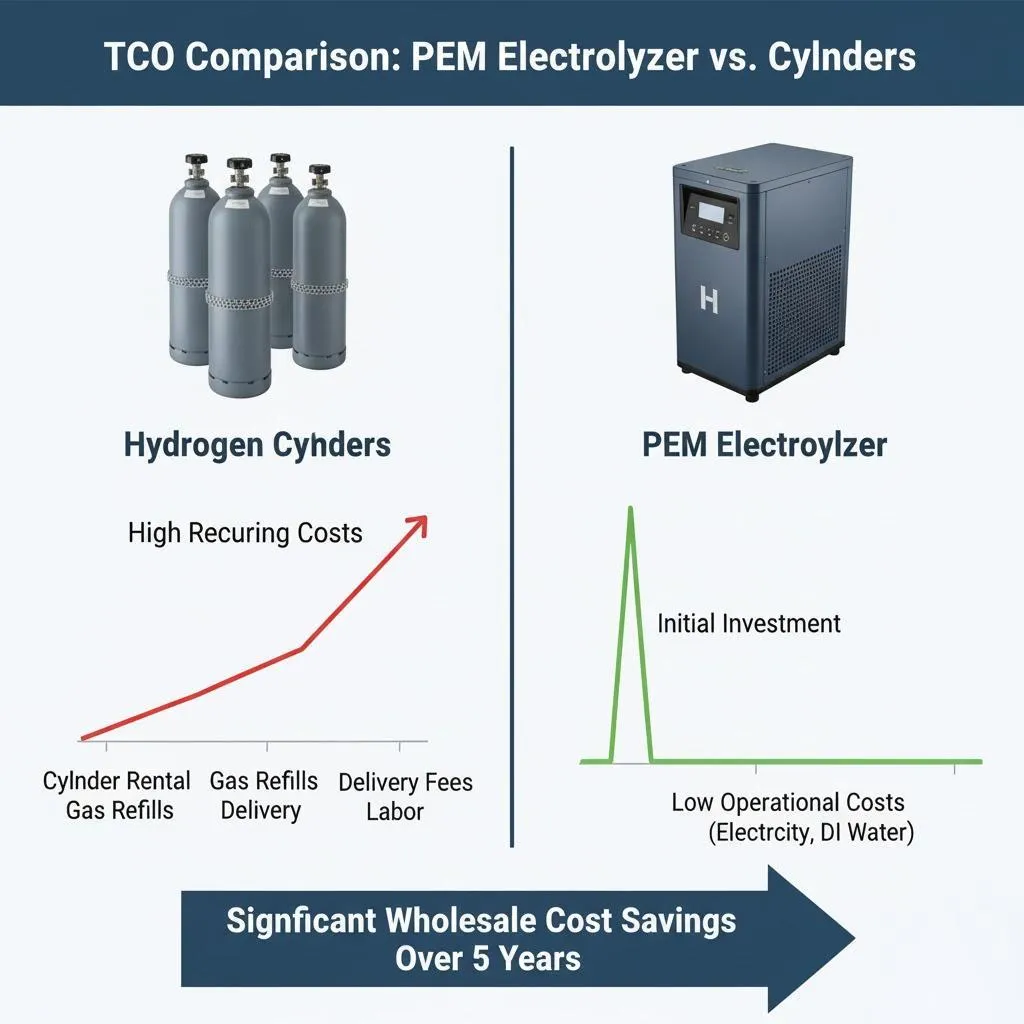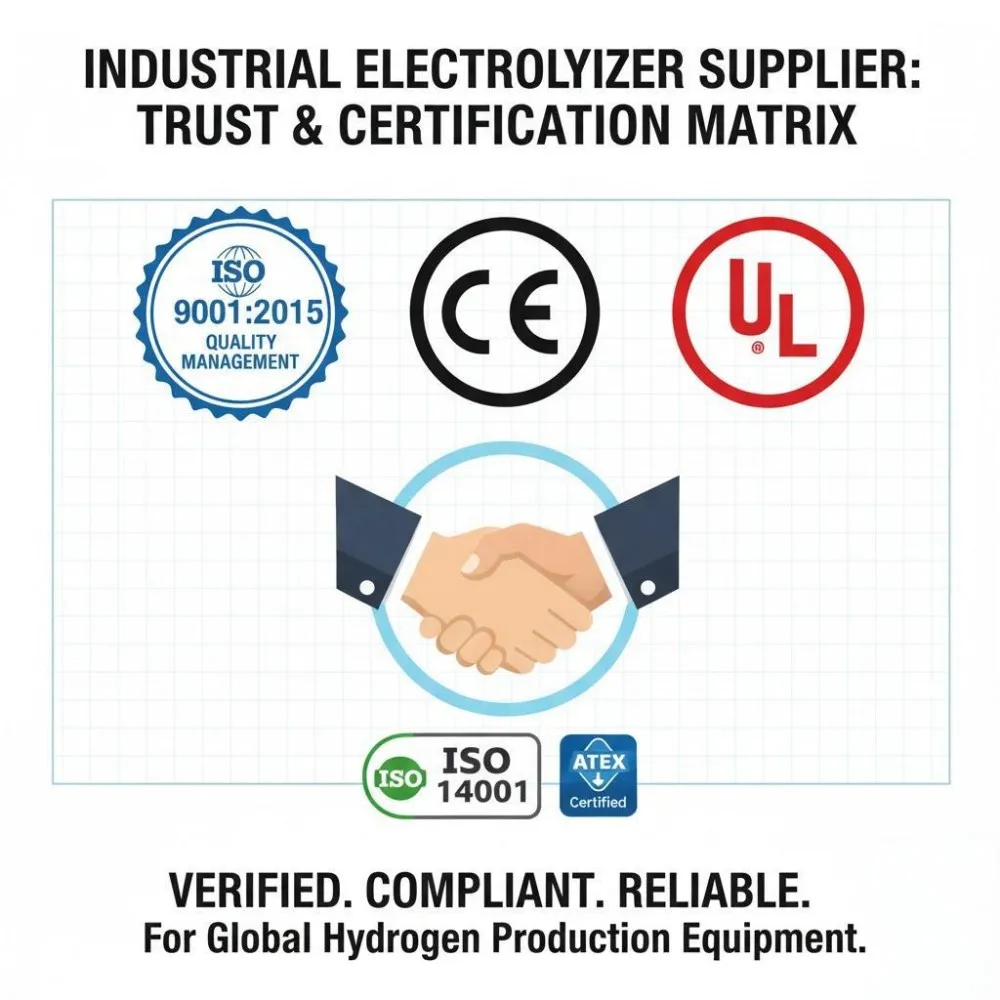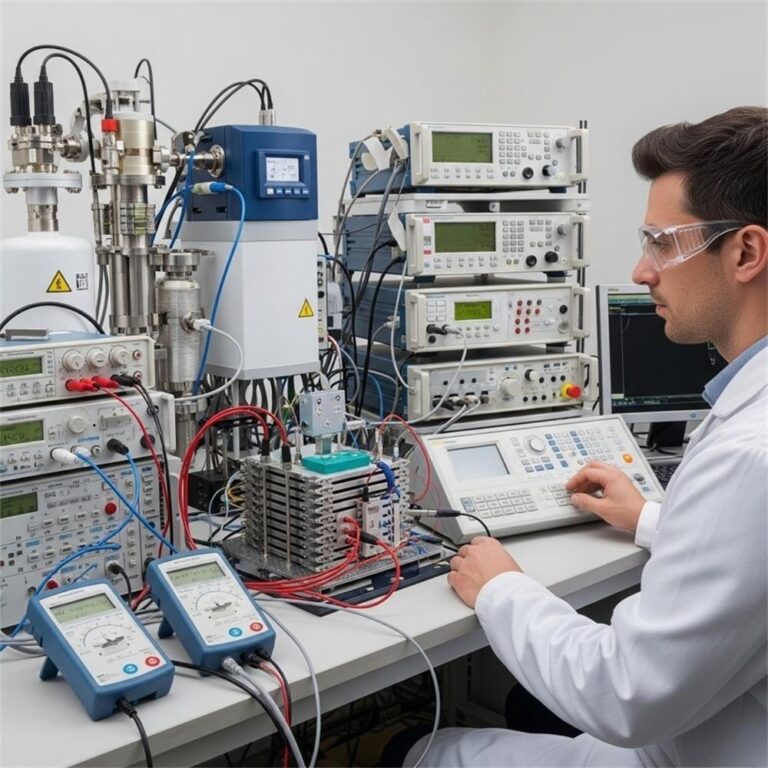Introduction to Home Hydrogen Generation
As the global push for clean energy intensifies, homeowners are increasingly looking for innovative solutions to reduce carbon footprints and gain energy independence. Among these, portable hydrogen generators have emerged as a cutting-edge option for residential energy production.
Hydrogen, the most abundant element in the universe, is a powerful and clean fuel. When used correctly, it emits zero greenhouse gases—making it a sustainable energy source for the future. Two leading technologies in the space are SPE (Solid Polymer Electrolyte) and PEM (Proton Exchange Membrane).
In this guide, we’ll explore how these technologies compare, what to consider when installing a home hydrogen generator, and how to choose the best model for your needs.

Technology Deep Dive: SPE vs PEM
SPE (Solid Polymer Electrolyte) Technology
Core Working Principles
SPE technology uses a solid polymer as an electrolyte and water as a fuel source. Through electrolysis, water molecules are split into hydrogen and oxygen using electricity.
Advantages for Home Use
- Compact and lightweight design
- No need for corrosive chemicals
- Safer operation for residential settings
- Lower maintenance due to fewer moving parts
Typical Specifications and Outputs
- Hydrogen purity: 99.999%
- Flow rate: 0.5 – 2.5 L/min
- Operating pressure: 1.5–4 bar
- Efficiency: Up to 70%
PEM (Proton Exchange Membrane) Technology
Fundamental Operation
PEM cells also use water electrolysis but employ a proton-conducting membrane that allows protons to pass while blocking gases.
Home Application Benefits
- Rapid start-up times
- High hydrogen purity
- Quiet operation
- Can run on renewable electricity (solar, wind)
Standard Performance Metrics
- Hydrogen purity: 99.9995%
- Flow rate: 1 – 5 L/min
- Operating pressure: 3–7 bar
- Efficiency: 65–75%
Head-to-Head Comparison
| Feature | SPE Technology | PEM Technology |
|---|---|---|
| Efficiency | ~70% | ~75% |
| Purity | 99.999% | 99.9995% |
| Noise Level | Very low | Low |
| Maintenance | Minimal | Moderate |
| Lifespan | 10,000–20,000 hrs | 15,000–30,000 hrs |
| Operating Pressure | Up to 4 bar | Up to 7 bar |
Residential Installation & Setup
Space Requirements for Home Units
Most units are compact and wall-mountable, requiring minimal floor space. Ideal locations include basements, garages, or utility rooms.
Electrical and Water Connection Needs
- Requires a standard electrical connection (110V or 220V depending on region)
- Needs a consistent water supply, preferably deionized or distilled
Ventilation and Safety Considerations
Proper ventilation is essential to prevent hydrogen accumulation. Many systems come with integrated sensors and alarms for leak detection.
Integration with Home Energy Systems
Can be connected to:
- Home battery banks
- Fuel cells for electricity generation
- Hydrogen boilers or heaters
Cost Analysis for Homeowners
Initial Purchase Price Comparison
- SPE systems: $3,000 – $7,000
- PEM systems: $5,000 – $10,000
Long-Term Operating Costs
- Electricity cost: ~$0.02–$0.05 per liter of H₂
- Water consumption: ~0.5 L per liter of H₂
Energy Consumption Metrics
- ~4.5–5 kWh of electricity per cubic meter of hydrogen
ROI Timeline for Residential Applications
Most homeowners see ROI in 5–8 years, especially when paired with solar PV systems.
Safety & Regulatory Compliance
Built-In Safety Features of Both Technologies
- Automatic shut-off
- Leak detectors
- Pressure regulators
- Water and gas purification systems
Home Installation Codes and Standards
Compliant with:
- IEC 62282 (Fuel cell technologies)
- ISO 16110 (Hydrogen generators using water electrolysis)
- Local fire and electrical codes
Proper Storage Solutions for Residential Use
- Certified hydrogen storage tanks
- Outdoor enclosures for added safety
Emergency Protocols and Fail-Safes
- Overpressure valves
- Real-time monitoring systems
- Integration with home security systems
Choosing the Right System for Your Home
Decision Factors Based on Household Needs
- Power consumption
- Budget
- Energy independence goals
- Space availability
Sizing Guidelines for Different Home Applications
| Household Type | Suggested Flow Rate | Suggested Model |
|---|---|---|
| Small Home | 0.5 – 1.5 L/min | Compact SPE |
| Medium Home | 1.5 – 3 L/min | Mid-range PEM |
| Large Home | 3 – 5 L/min | High-output PEM |
Future-Proofing Your Investment
Look for features like:
- Remote monitoring
- Modular expandability
- Smart-grid integration
Top Manufacturers Comparison
| Brand | Notable Features | Starting Price |
|---|---|---|
| Enapter | Modular PEM stacks | $6,000 |
| Horizon | Compact SPE units | $3,500 |
| H2 Energy Now | Hybrid models | $7,200 |
| Aquion | Solar-integrated PEM | $8,000 |
Future Outlook for Home Hydrogen
Emerging Innovations in Residential Hydrogen
- AI-driven optimization
- Self-cleaning membranes
- Solid-state hydrogen storage
Potential Integration with Smart Home Systems
- IoT monitoring
- App-based performance tracking
- Integration with solar inverters
Government Incentives and Support Programs
- U.S. federal hydrogen tax credits
- EU Green Hydrogen subsidies
- Local rebate programs (check with energy departments)
Conclusion & Next Steps
Summary of Key Takeaways
- SPE and PEM both offer clean, efficient home hydrogen solutions.
- SPE units are compact and cost-effective, while PEM models offer higher efficiency and purity.
- Proper setup and safety measures are essential for home installation.
- A well-chosen system can deliver energy savings and independence.
Final Recommendations for Homeowners
Evaluate your home’s energy needs, budget, and long-term sustainability goals. Both SPE and PEM technologies are viable—with the right choice ensuring you’re part of a greener future.
Call-to-Action
Contact our hydrogen experts today for a free home assessment and quote.
FAQs
Q1: Is it safe to install a hydrogen generator at home? Yes, modern systems include robust safety features such as leak detection, auto-shutdown, and compliance with strict international standards.
Q2: Can I power my entire home with a hydrogen generator? While possible, most homeowners use hydrogen generators in combination with solar or wind to supplement their energy needs.
Q3: Which is better for homes—SPE or PEM? SPE is more affordable and compact, while PEM provides better efficiency and is ideal for higher consumption.
Q4: What maintenance is required? Routine water refills, occasional membrane cleaning or replacement, and system diagnostics.
Q5: How long do these systems last? Typically 10–20 years, depending on the model and usage frequency.







